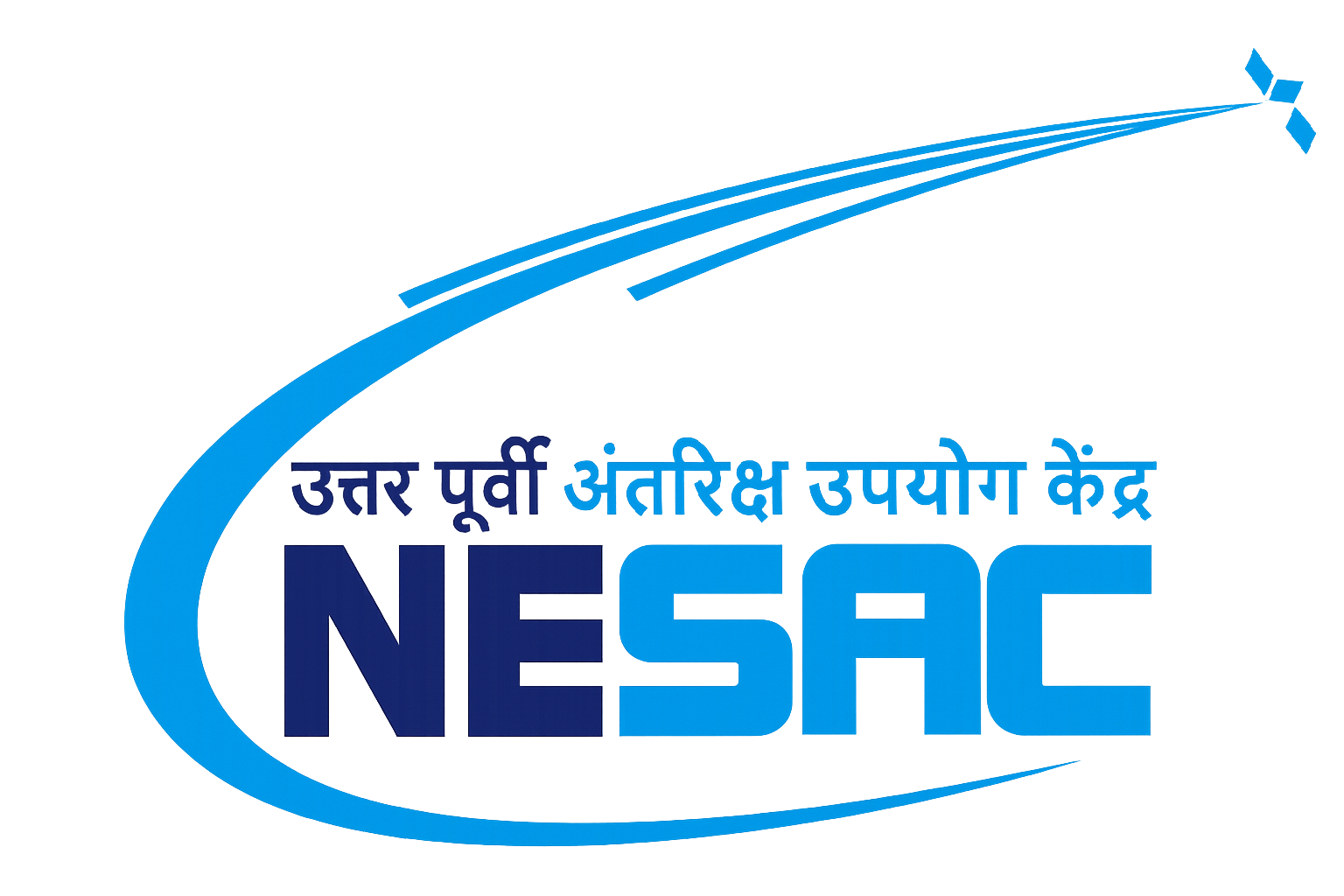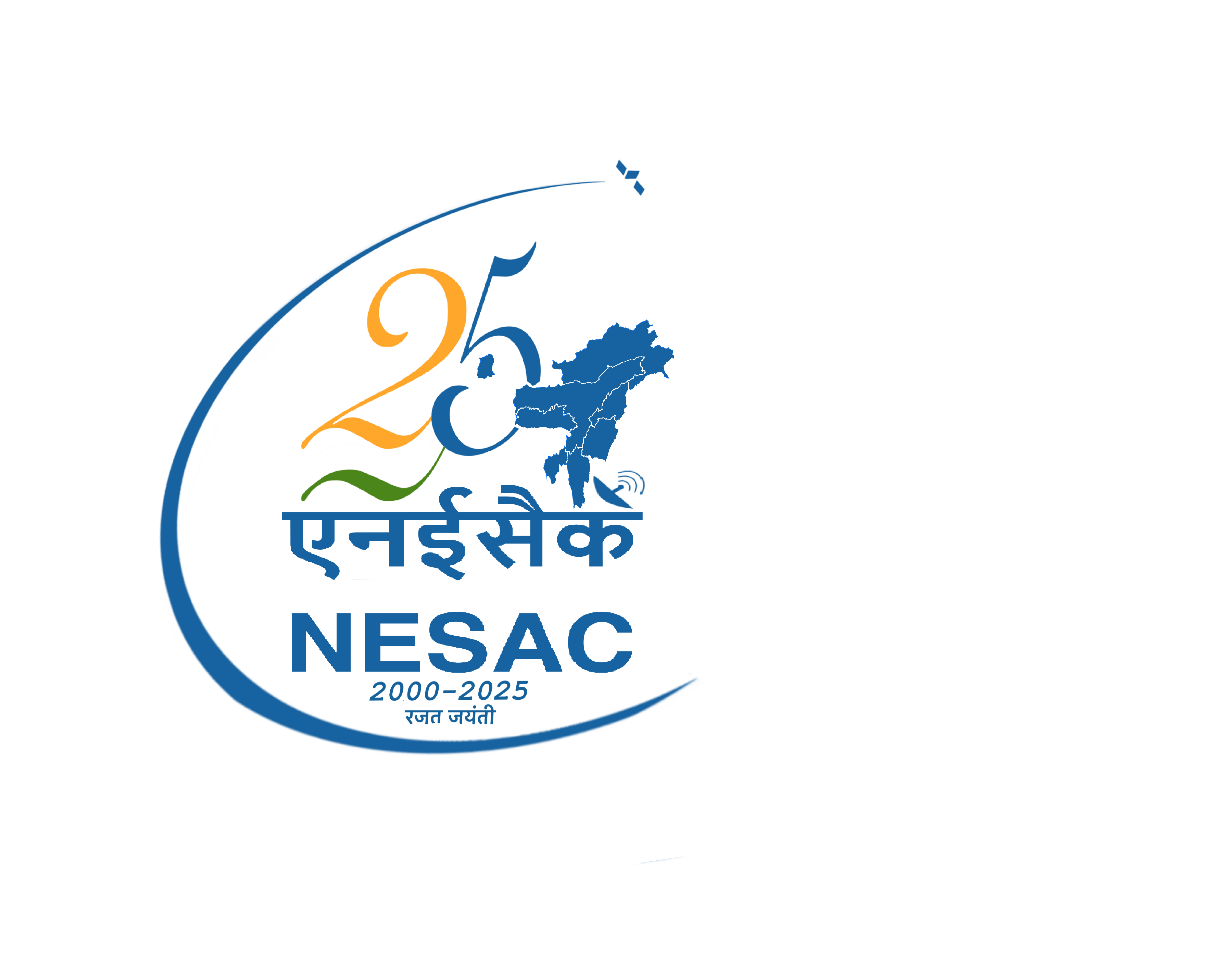Geosciences is one of the sub division established under Remote Sensing and GIS division of NE-SAC in 2000 to crater the need of the region by using core Geological knowledge in combination with Remote Sensing and latest Geological and Geophysical technology. It provides professional training to state departments dealing with earth sciences applications, such as mineral exploration, engineering geological survey and mapping for tunnels and dams, road network alignment, GNSS Surveying and groundwater exploration etc. The prime focus of the division and center as a whole was to provide Remote Sensing inputs and supports to various organizations in North Eastern states. However, now in a decade of its existence, the division has built expertise in different aspect of geology and is involved in intense research and development activities in the region. The division is equipped with latest Remote Sensing Image processing software, high ends workstations and various GIS and Geological modelling packages. The state of the art facility includes high-end field based spectro-radiometers, dual frequency GNSS system for campaign mode surveys, Permanent IRNSS stations (in procurement) for continuous monitoring and vast collections of SAR and Optical Remote Sensing data for various geological applications. The Division has successfully executed numbers of research and operational projects in different fields of geological sciences. The division has skilled and experienced faculty and also provides hands on training and short courses on RS & GIS and GNSS applications in Geosciences. NE-SAC has been conduction Basic course in RS & GIS since 2015 where the geosciences division actively participates to deliver the most needed in Geosciences and Disaster Management Support. It also provides 6 months to 1 year dissertation support to university students to carry their M.Tech/M.sc research work under the joint supervision of one of the Scientist from NE-SAC. It has also completed no. of user specific projects on payment basis to various state departments. The thrust areas of research include: Landslides Susceptibility Mapping, Rainfall Threshold for Landslides Occurrences, Environmental Hazards, Mines Mapping, Ground Water Mapping, Active Tectonic and Crustal Deformation, Earthquake Precursors, SAR interferometry, hyperspectral and thermal image analysis.
Remote Sensing and GIS
Geosciences
Activities (Past & Present)
National Mission (Participation)
The project was funded by Ministry of Drinking Water and Sanitation, Govt. of India under Rajiv Gandhi National Drinking Water Mission and implemented by NRSC, ISRO. The map was prepared on 1:50K (corresponding to SOI Topo sheets) and shows potential areas of occurrence of groundwater which helps in narrowing down the target zone for selection / identification of sites for development of dug/tube/bore wells and tentative locations of recharge structure. Mapping of Assam and Meghalaya states has been carried out and also taken major role in the preparation of seamless mosaic database of entire NER.
The database on NER is available in Bhuvan Portal-Indian Geo-Platform of ISRO www.bhuvan.nrsc.gov.in
Geomorphology & lineament maps becomes one of the important and essential inputs in planning for various developmental activities as well as in various fields of resource surveys, environmental analysis, hydrological studies, engineering applications, geotectonic studies, geo-hazards, global tectonic studies, delineation of litho contacts and tectonic units, analysis of deformation pattern, groundwater and oil exploration and seismo-tectonic studies. Geoscience group NRSC in association with Geological Survey of India (GSI) initiated the project under nationwide programme. Mapping of Manipur and Nagaland state has been carried out and completed.
The database of NER is available in Bhuvan Portal-Indian Geo-Platform of ISRO www.bhuvan.nrsc.gov.in
Landslides are important denudational processes in mountainous areas that frequently damages means of communication and transportation besides creating loss to the property and life. Extreme rainfall and high magnitude earthquakes are the predominant triggering factors for occurrence of landslide. Detection of landslide and identification of the affected area is a key requirement for planning post-disaster rescue and relief operations as well as landslide susceptibility and hazard assessment. Inventory mapping for the state of Manipur and Nagaland has been completed successfully and the output of the study can be accessed through Bhuvan Portal-Indian Geo-Platform of ISRO www.bhuvan.nrsc.gov.in. The same exercise has already been initiated for the state of Arunachal Pradesh and the result of the study will be available in the same portal.
User Support
The state of Assam is vulnerable to various natural hazards like, floods/ flash floods, landslides, earthquake, cyclone, etc., and always constituted a major threat to the society. Hence, it becomes a cause of concerned about their systematic mitigation plan in recent times. In addition, improved safety measures, emergency preparedness and response (during and after) for Major Accident Hazard (MAH) industrial sites are also becoming an integral part for the decision makers. To prepare a comprehensive plan of mitigation for Assam State Disaster Management Authority (ASDMA), Govt. of Assam, the study was conducted on relevantHazard and their Vulnerability and Risk Assessment of respective study area.Landslide assessment has been carried out for Guwahati city and Industrial hazard assessment for Silchar Town and Guwahati city respectively.
With the advent of space technology and GIS, alignment/realignment planning of new and or old roads in any area has becomes easier. The study was carried out for Border Roads Organization (BRO), 761 BRTF (GREF), Arunachal Pradesh, under the Project Brahmank, to find out a best suitable route to connect two villages – Dumro and Samebasti of Upper Siang and Lower Dibang Valley of Arunachal Pradesh with the aid of Space base inputs on 1:50k scale in association with photogrammetric division of NE-SAC. Since the area is falling under high potential of landslide prone region, susceptibility map was generated and used during the process of vertical alignment in addition to the pre-defined criteria (20: 1) provided by the user.
In-house
Satellite imagery coupled with limited field survey can effectively be used to assess connectivity status of road network in urban/villages/rural areas. In case of gap areas, before laying new roads detailed study of the terrain condition and its characteristics such as land use land cover, exposed rock types, landforms, drainage pattern and slope condition etc., can be studied from satellite data of various spatio-temporal resolutions on priority basis. The study was initiated using Cartosat 1 & 2 satellite data and other collateral data such as detailed status of existing road networks from concerned State/ Central Authorities as well as census/land record maps for village/settlement distribution. Ri-Bhoi District of Meghalya was identified to initiate on pilot based study and result will provide the status of road type and connectivity map on 1:10,000 scale and location for Geo-technical survey of soil and rock samples (exposed /core) that can be used by PWD, NHAI, village authority for further necessary plan of action.
The activities of coal mining in Jaintia Hills District even though small scale in nature has sporadic and extensively covered a wide area controlled by individual owners of the land. Primitive sub-surface mining method usually known as ‘rat-hole’ mining is a common practice in the entire mining process. It is well understood that mining brought wealth and employment opportunity in the area, however if it is practiced in chaotic and unscientific way, absence of post mining treatment and management of the mined areas may leads to severe environmental problems. Hence, it is relevant to carry out a detail study to address the issues related to concentration of heavy metals and its subsequent impact in coal mining area. The result of the project will provide information on degree of contamination of heavy metals in the area. It may be added that the regeneration of deteriorated environment of the area due to unscientific and uncontrolled mining activities by various government organization in the region.
Future Initiative
The project will deal with the R&D in search for various earthquake precursory signals right from ground level (radon monitoring) to the Ionosphere (Total Electron content estimation). It will integrates the precursors from Ionosphere (TEC), ground based measurements (Radon gas) and satellite data analysis results (Thermal anomaly and others) to better understand the coupling dynamics between lithosphere –lower atmosphere-Ionosphere and earthquakes occurrences.
Continuous monitoring of crustal movement is planned to carry out by setting up the permanent GNSS/IRNSS network in Meghalaya and surrounding region. The project aims in understanding the plate motion behaviour in NER and its influence in tectonic stress build-up. It opens up avenues towards understanding the strain distribution pattern in highly seismic prone area (zone-V) like North East India.
Majority of NER falls in the high and medium to high category of the Global Landslide Susceptibility Map with few hotspot areas along Arunachal Himalaya. The hilly areas of Assam, Arunachal Pradesh, Manipur, Meghalaya, Mizoram, Nagaland and Tripura, are also equally vulnerable to landslide occurrences during monsoon season.The project will deal with the preparation of landslide susceptibility map of important towns and settlement areas of NER and develop a role model to provide landslide early warning based on the seasonal rainfall.
NESAC with the financial assistance from Antrix Corporation has also initiated the Corporate Social Responsibility (CRS) activities in Meghalaya. Under this program, water purifier with RO system will be supplied to various schools in Meghalaya. Construction of toilets in crowded places like Police bazaar is also proposed and approved under this program.

